Unlike royal Free towns, Chamber towns were subordinate directly to the monarch, and administered by the Royal Chamber, which levied their tax. Though still subservient to the monarch, their status awarded them greater prestige, including numerous and significant privileges. There were several Royal Chamber Towns in Central Bohemia, and each of them boasts their own unique and rich history.

Brandýs nad Labem
From 1960 Brandýs nad Labem has been part of a joint township with the longest name in the Czech Republic – “Brandýs nad Labem–Stará Boleslav”. The historical significance of both towns is remarkable – Stará Boleslav is considered the cradle of Czech statehood as well as being the oldest pilgrimage site in our lands. Brandýs nad Labem was a favourite of kings and emperors, and the château of the same name in its centre is one of the most important Renaissance landmarks of Central Bohemia.
The tower, which was incorporated into the eastern wing of the erstwhile castle, in turn converted into a château in the 16th century, is a direct link to the beginnings of the town. It was originally part of a bridge fort, built at the time of the town’s creation. The small town of Brandýs itself was founded at the turn of the 13th and 14th century by the Lords of Michalovice, who owned part of the nearby Stará Boleslav as well as the town of Mladá Boleslav.
The town was granted important privileges by Joan of Krajk and then persuaded King Wladislaus Jagiellon to grant a coat of arms in 1503. Konrad Krajíř of Krajk, the son of Joan of Krajk, continued to embellish the estate, but due to his involvement in the rebellion against Emperor Ferdinand I, it was confiscated. Brandýs thereby became the property of kings and the local castle their favourite country residence.
The Rudolfine era was a period of great prosperity. Emperor Rudolf II would often stay here and in 1581 Brandýs was promoted to the status of a royal chamber town. Karel I, the last Emperor of Austria and King of Bohemia, completed his military service here. He too grew fond of the region and immediately after taking the throne he purchased the château for himself, spending many happy days here together with his new spouse Zita.
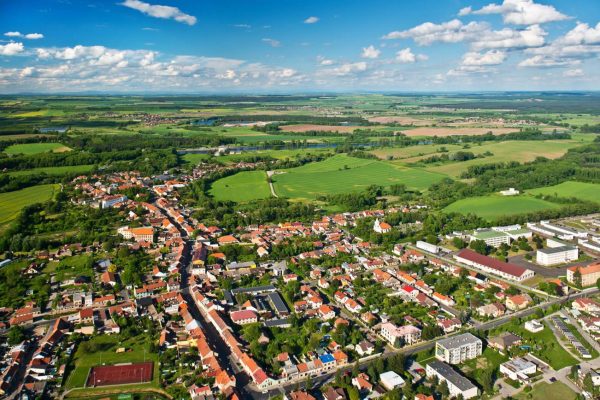
Kostelec nad Labem
A settlement belonging to the Borš of Osek family was already in existence on the site of Kostelec nad Labem by the 13th century. However, the founder of the town is considered to be King Přemysl Otakar II. The town of Kostelec was also associated with many illustrious monarchs and their wives in the following centuries, being a Dowry Town for the Queen of Bohemia. It belonged to, for example, Elisabeth of Bohemia, the wife of John of Luxembourg.
The Queen granted the town a number of privileges and relieved it of some of its duties. Charles IV also pledged the town to his wife, Elizabeth of Pomerania, who proceeded to grant many rare privileges to the town, which were confirmed by the Emperor himself. As Kostelec was well fortified and enveloped by rivers, the military leader Jan Žižka sought refuge here at the time when his followers were risking defeat. The town’s administration was then taken over by an opponent of King George of Poděbrady, and the retaliation came soon after – the town was conquered and ransacked by the king’s army.
Thanks to the fertile landscape and the good stewardship of its inhabitants, prosperity returned, and in 1486 Kostelec was once again promoted to the status of a town by Wladislaus Jagiellon. This status was later confirmed by other monarchs, such as Ferdinand I, Rudolf II, or Charles II. In 1586 Kostelec nad Labem was incorporated into the Brandýs estate and its status as a dowry town ended.
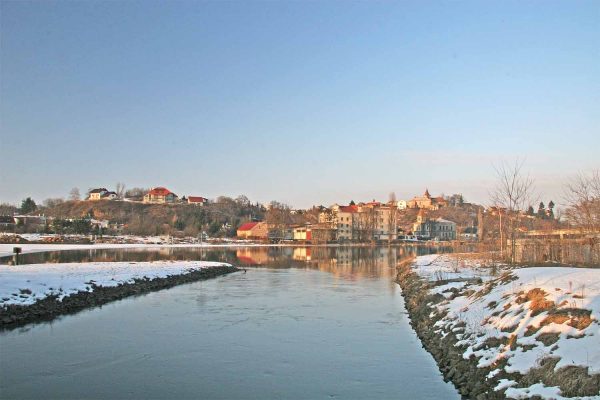
Týnec nad Labem
The first settlement on this location was founded by the Slavníkovci in the 10th century. It was later acquired by the Vršovci and the Přemyslids. The existence of Týnec was documented in writing by the chronicler Kosmas. In 1110 he attended a meeting of two Dukes from the Přemyslid dynasty – Duke Vladislav of Prague and Duke Ota of Olomouc – and described this event in his work. Another piece of written evidence is the charter of King Vladislav II from 1167, which ascribes ownership of the town to the monastery in Litomyšl.
At the beginning of the 14th century, Týnec came into the possession of a different monastery, the Cistercian monastery in Sedlec. The so-called Pernštejn period, i.e. the years in which town belonged to Vilém of Pernštejn, was an era of great economic prosperity for the town. In 1560, the entire estate was bought by the Hapsburg successor to the throne, and in 1600 Týnec was promoted to the status of a royal chamber town by Emperor Rudolf II. One of the rare privileges when granted such a status was the right to bear a coat of arms, and in the case of Týnec nad Labem it was its strategic position that was emphasized in the design.
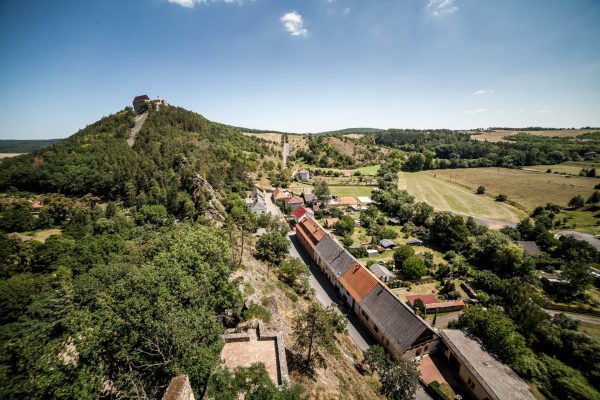
Žebrák
The region in which Žebrák is located was inhabited long before our calendar era began, while evidence of the arrival of the Slavs to this territory dates back to the 9th century. The settlement of Žebrák was most likely founded in the second half of the 12th century, and in the century that followed it was famed for its bustling marketplace. This was also because it lay on an important trade route connecting Prague with Pilsen, which had been in existence since time immemorial.
An expansion of even greater scope occurred in the 14th century, during the reign of the Luxembourg dynasty. In 1396 King Wenceslas IV promoted Žebrák to the status of a royal chamber town; supposedly due to his fondness for the original village.
The year 1532 is marked by an unfortunate event in the history of the town – a large fire broke out, its cause uncertain. It may have been an assassination attempt, as Emperor Ferdinand I was spending the night here on the very day of the accident. Luckily for him, the ruler managed to escape.
The greatest period of prosperity for the town was still to come however. It occurred in the 16th century after the town was granted many important privileges, and lasted until 1624, when Emperor Ferdinand II had them revoked. The town enjoyed a period of renewed interest in the 19th century, when many tourists and artists would visit the nearby ruins of the royal castles Točník and Žebrák.
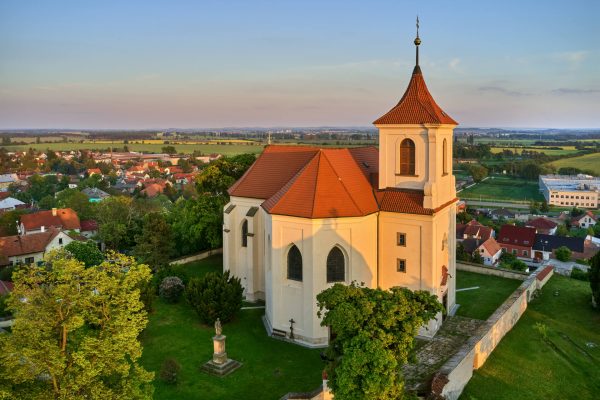
Sadská
Sadská developed gradually, starting out as a fortification which was built to protect an important trade route winding through the landscape. A castle was then built, later to become a royal castle, which unfortunately ceased to exist in the 17th century. Up until the mid-13th century however, the rulers of Bohemia themselves would often reside here. An important historical event also transpired here – the first general assembly of Prince Vladislav I, in 1110.
The church of St Apollinaire, built at the behest of prince Bořivoj II at the beginning of the 12th century, was also held in great esteem. The Prince also ordered that a chapter-house be set up in Sadská, which was relocated to Prague by Charles IV a hundred years later. Sadská experienced a great expansion after 1562, when it was promoted to the status of a township by Emperor Ferdinand I of Hapsburg. All written documents were destroyed during the Thirty Years’ War when the region was ransacked by Swedish troops; it is for this reason that documents dating to 1640 are the oldest remaining recorded privileges preserved.
In the following centuries, the town was granted several other rights and privileges, the most important of these dating back to 1784 by Emperor Josef II, who awarded Sadská town status.
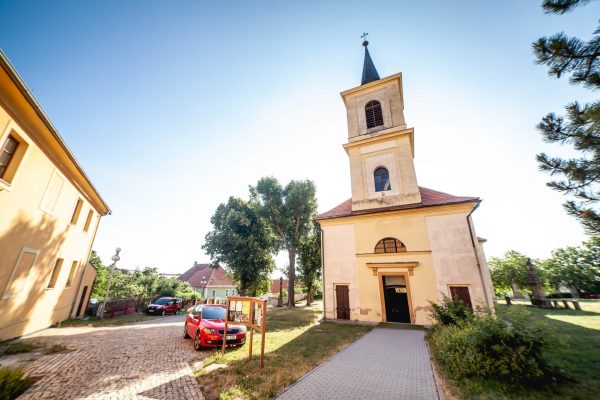
Nové Strašecí
The area in which the town lies was sparsely populated, and Slavic settlers moved in only toward the end of the 10th century. An important impetus for the arrival of the new inhabitants were the events in the Křivoklátsko region, as the village fell under the Křivoklát estate, which belonged to the king and was subject to the royal chamber.
The oldest written mention comes from the first half of the 14th century and it was around this time that the village was promoted to the status of a small township, but not yet to that of a town. The oldest known urban privileges granted to the town come from King Wladislaus Jagiellon from 1480 and 1503.
Unfortunately, in the mid-16th century the settlement almost entirely burned down. The locals did not succumb to hopelessness however and rebuilt their town. Since then, the name Nové (‘New’) Strašecí was used, which is indicative of a complete restoration and extensive rebuilding of the town.
In the second half of the 17th century the king sold the entire Křivoklát estate to the Wallensteins, from whom it was then bought by the Fürstenbergs. Nové Strašecí gradually lost its former importance, with fewer fundamental rights and privileges.

Čelákovice
The fertile region full of forests and fields has been inhabited almost continuously from the younger Stone Age onwards, and was home to Slavic tribes since the early Middle Ages. By the 12th century at the latest, a small wooden fortified mansion had been established here. The stone fortress in Čelákovice has stood since approximately 1300, its originally austere appearance subsequently altered during the Gothic and Renaissance periods.
Another valuable monument is the Romanesque Church of the Assumption, which underwent a Renaissance reconstruction during the 16th century, and a later one in the Baroque style at the beginning of the 18th. A precious asset during the 16th century was the mill, in its time ranked among the largest and most technically advanced in Bohemia.
The oldest mention in writing dates back to 1290, in which Čelákovice is described as a small royal township. However, the most significant surviving document pertaining to the village, though of a younger date, is the book of the town from 1366.
For centuries, the local people made a living through agriculture, particularly fishing. They were also famous for their weaving skills, examples of their craft are on display in the permanent exhibition of the local museum.

Poděbrady
Poděbrady is a town closely connected to one of our most admired and important rulers, Jiří (George). The town originated on the trade route connecting Prague to Poland. In the second half of the 13th century, Poděbrady were acquired by King Přemysl Otakar II who had a moated stone castle built, below which the inhabitants gradually settled.
The town of Poděbrady was frequently a subject of interest to Czech rulers. It owed this attention to the surrounding landscape, which was covered in dense forests ideal for hunting, the favourite pastime of rulers and nobles. Its greatest period of prosperity was under the administration of the Lords of Kunštát, who acquired it from Emperor Charles IV. The most famous figure of this family was George of Poděbrady dubbed ‘the king of two peoples.’ He was the only Czech king not descended from the ruling class, but elected by it. An excellent diplomat and politician, he pushed for non-violent solutions to international conflicts and his proposed peace treaty was ahead of its time by many centuries. He confirmed his favourable view of Poděbrady in 1472, when he promoted the settlement to town status.
Poděbrady also experienced an era of prosperity under Ferdinand I Hapsburg. The visiting Emperor was thrilled by the possibilities the area offered with regards to hunting. He therefore paid off the then indebted estate, and incorporated it among the estates belonging to the royal chamber.
Empress Maria Theresa was also interested in the château and had it rebuilt to its present form. A historical milestone in modern times was 1905, when the German landowner Prince von Bülow visited. This famous dowser discovered a spring of mineral water in the courtyard, and the first spa season was soon at hand.